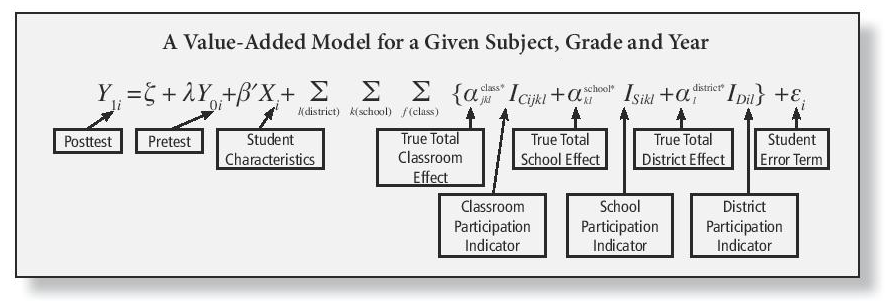The assessment of teaching performance is a critical part of any attempt to develop a coherent system for the strategic management of teacher performance. Such assessments provide a measure of how well we are achieving such performance.

Evaluation is only one component of a comprehensive teacher growth and development system. The core purpose of teacher assessment and evaluation should be to strengthen the knowledge, skills dispositions, and classroom practices of professional educators.
Assessment of teacher practices should be transparent and openly collaborative so that teachers can build professional communities and learn from one another. This process can only occur in non-threatening environments of formative assessment and growth.
Evaluation Methods
There are different approaches to the evaluation of teaching. The most used methods of evaluation are:
- classroom observations, by peers, principals or external evaluators. This is the most common source of evidence used in providing feedback to teachers.
- ‘value-added’ models (assessing gains in student achievement)
- student ratings
- principal (or head-teacher) judgement
- teacher self-reports
- analysis of classroom artifacts
- teacher portfolios
Who can evaluate?
Different aspects of teaching are best evaluated by different stakeholders. Stakeholders can include:
- Self
- Principal
- Students
- Peers
- Supervisors
- Experts
Three Key Measures for Teacher Evaluation
Three key measures should be used collectively for teacher evaluation:
- Student Achievement Gains
- Classroom Observation Instruments.
- Student Perception Surveys.
Research shows that information from student surveys combined with data from classroom observations is a strong predictor of student achievement gains. Study shows that weighing all three factors equally has the highest reliability for teacher evaluation.
-
Student Achievement Gains
Student achievement: a student’s score from standardized tests.
Student growth: the change in student achievement for an individual student between two or more points in time.
-
Classroom Observation Instruments
The purpose of classroom observation is to allow teachers to receive feedback from an objective, experienced observer; and allow them to engage in context specific discussions about teaching delivery with the observer.
Research shows that observations are most effective when conducted multiple times per year.
Student Perception Surveys (Students Rating their Teacher)
Student ratings are significantly more accurate in predicting student achievement than teacher’s self-ratings, principal ratings, and principal summative ratings.
Researchers* conducted a study of nearly 2,000 K-12 students and found that student ratings were significantly more accurate in predicting student achievement than teacher’s self-ratings, principal ratings, and principal summative ratings. This was true in both reading and mathematics.
Wilkerson, D.J., Manatt, R. P., Rogers, M. A., and Maughanm R. “Validation of Student, Principal, and Self Ratings in 360° Feedback (registered) for Teacher Evaluation.” Journal of Personnel Evaluation in Education, 14:2, June 2000, pp. 179-192.
Teacher Self-evaluation
Teacher self-evaluation allows teachers to express their own views about their performance, and reflect on the personal, organizational and institutional factors that had an impact on their teaching.
Value-added Model (VAM)
Value-added Model (VAM) utilizes complex statistical tools and multiple years of data, making them more difficult for non-statisticians to understand.

Research has shown VAMs aren’t perfect measures of teacher effectiveness. Many educationalists criticized the VAM model to the extent that some of them call it bad test, incorrect and flawed methodology.
Types of Evaluation
The ultimate goal of all teacher assessment and evaluation is to improve teaching & learning. These tools should be used as formative to improve teaching & learning not summative to judge the quality of teacher.
Formative evaluation is one of the most important factors associated with effectiveness at all levels and especially at the classroom level. Educational researchers explain the difference between formative and summative assessment with the following analogy:
“When the cook tastes the soup, that’s formative. When the guests taste the soup, that’s summative.”

Elements of a good teacher evaluation system
- Good design and implementation process
- Policies on how information will be used
- Multiple measures of effectiveness
- Adequate resources and support
